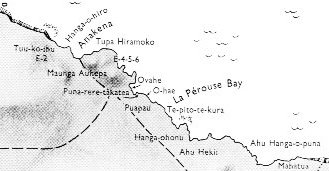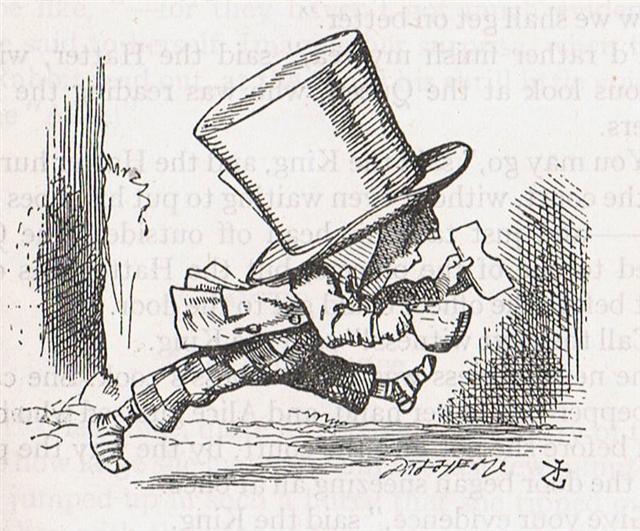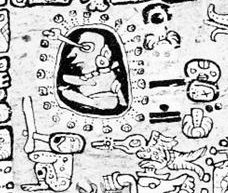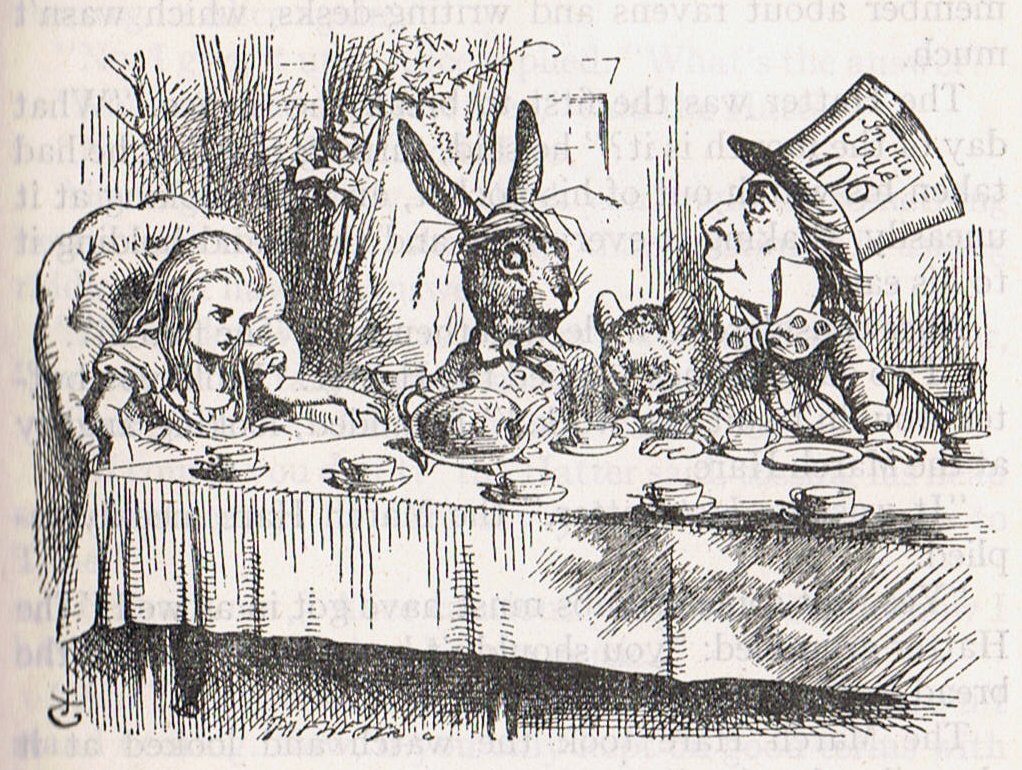The planets were evidently arranged in an orderly system (a cosmos):
But Uranus was special, because his reign had been cut short by Cronus: ... In the Olympian creation myth, as Hesiod tells it in the Theogony, Uranus came every night to cover the earth and mate with Gaia, but he hated the children she bore him. Hesiod named their first six sons and six daughters the Titans, the three one-hundred-armed giants the Hekatonkheires, and the one-eyed giants the Cyclopes. Uranus imprisoned Gaia's youngest children in Tartarus, deep within Earth, where they caused pain to Gaia. She shaped a great flint-bladed sickle and asked her sons to castrate Uranus. Only Cronus, youngest and most ambitious of the Titans, was willing: he ambushed his father and castrated him, casting the severed testicles into the sea. For this fearful deed, Uranus called his sons Titanes Theoi, or 'Straining Gods' ...
The time-space coefficient 29 ought to belong to Mercury (Ohiro), I have perceived, but Barthel points to the first night when the new Moon once again became visible: ... Hanga Ohiro is located (north)west of Anakena, in the exact spot where the crescent of the new moon could be seen from the royal residence above the shore in the western sky. At this point, the place name and the phase of the moon coincide, and the beginning of the month is linked to the royal residence in much the same way as the beginning of the year on the 'first list of place names'. Thus, when the traditions tell that those versed in Rongorongo used to come to Anakena in the first quarter of the moon (RM:246), the accounts refer to the lunar time appropriate for such meetings, and the statement makes sense in terms of our lunar model ...
Furthermore, the Hawaiian night Hilo was when a narrow rim of light (hilo) became visible. Perhaps, therefore, my coefficient 29 could mean the 30th night counting from a night zero - resembling the Mayan way of counting of days in the month (cogwheel B below):
Also names were important for conveying information:
Probably we could add Ruamoko and Ru to the list of names for Mercury: ... They were Ranginui, the Sky Father, and Papatuanuku, the Earth Mother, both sealed together in a close embrace. Crushed between the weight of their bodies were their many children, whose oppression deepened. They yearned to be free; they fought their parents and each other to break loose. Tuumatauenga, virile god of war, thrust and shouted; Tangaroa of the oceans whirled and surged; Tawhirirangimaatea howled with many raging winds; Haumiatiketike and Rongomatane, of wild foods and cultivated crops tried their best but were not successful; and Ruamoko, god of earthquakes, yet to be born, struggled in the confinement of his mother's womb. Of them all, Taane Mahuta, the god of the forests, was the most determined; he set his sturdy feet upon his father's chest, and braced his upper back and shoulders against the bosom of his mother. He pushed; and they parted. So the world; as the Maori understand it; came into being ...
... Atea then became the wife of Rua-tupua-nui, Source of Great Growth, and they became the parents of all the celestial beings, first the shooting stars, then the Moon and the Sun, next the comets, then the multitude of stars and constellations, and finally the bright and dark nebulae. When this tremendous task had been accomplished Atea took a third husband, Fa'a-hotu, Make Fruitful. Then occurred a curious event. Whether Atea had wearied of bringing forth offspring we are not told, but certain it is that Atea and her husband Fa'a-hotu exchanged sexes. Then the [male] eyes of Atea glanced down at those of his wife Hotu and they begat Ru. It was this Ru who explored the whole earth and divided it into north, south, east, and west ...
... It is the Mad Hatter from Alice in Wonderland. His trousers are drawn with the squares of a chessboard, a sign to make us understand this part of him is related to 'down to earth' matters. Another picture (in Through the Looking-Glass) makes it very clear, the squares of the chessboard represent the fields of the earth:
... He has taken a bite out of his sandwich and also from his tea cup it seems (a sign of madness). This bite evidently refers to chikin. The cup sign (È) refers to the bottom half of the sky and the sandwich probably to the earth we live on (which feeds us). The Mad Hatter does not belong in spring, because then the sky is high above (Ç) ...
... The major sign is his oversized hat making it hard for him to see anything. Vision depends on the eyes and they are correlated in some mysterious way with the presence of light, whether regarded as particles or as waves. A better explanation, than the intangible and invisible particles or waves, is to state the obvious - there is a direct connection between the eyes of the viewer and what he observes:
... The reason the Mad Hatter is out of his senses (meaning he has first of all lost his vision) is that he has been poisoned by mercury: 'Mercury was used in the process of curing pelts used in some hats, making it impossible for hatters to avoid inhaling the mercury fumes given off during the hat making process; hatters and mill workers thus often suffered mercury poisoning, causing neurological damage, including confused speech and distorted vision ... ' Thus the position in time of the Mad Hatter is defined by the planet Mercury, which we know, is in the center of the week ... Mercury was a positiv factor because disorder was necessary to change the stagnant order. In his t-party he was therefore the only one who got a fresh cup:
... 'I wan't a clean cup', interrupted the Hatter: 'let's all move one place on.' He moved as he spoke, and the Dormouse followed him: the March Hare moved into the Dormouse's place, and Alice rather unwillingly took the place of the March Hare. The Hatter was the only one who got any advantage from the change; and Alice was a good deal worse off than before, as the March Hare had just upsed the milk-jug into his plate ...
|
|||||||||||||||||||||||||||||||||||||||||||||||||||||||||||||||||||||||||||||||||||||||||||||||||








